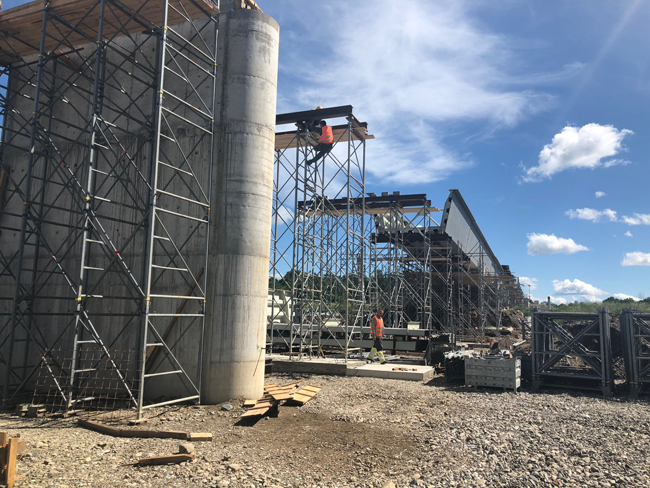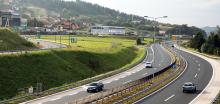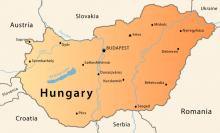
Locally, the Svilaj Bridge – financially a 50-50 project between the two countries - is part of a motorway running from Beli Manastir to Osijek and on tyo Svilaj. But the route is also part of the motorway Budapest-Osijek-Sarajevo-Plocˇ which is the Pan European Corridor Vc (Corridor 5, branch c) connecting Budapest with the Adriatic. Traffic in this corridor - one of the most important branches of the pan-European TEN-T Network - is currently operating on the European route E73.
The Svilaj Bridge superstructure is a continuous beam over seven spans with a double composite cross section made of a steel box, a concrete deck and a bottom concrete slab. The steel box has variable height of 3,300-5,500mm.
The entire structure is a single expansion unit with expansion joints on only the abutments. The piers of the superstructure consist of one massive pier supporting two pot bearings. These bearings are all longitudinally sliding, except for the ones on pier S3.
Each of the two span sections has three 3.5m-wide traffic lanes with no emergency lane but a 0.5m-wide shoulder on both sides. There is also on both span sections a concrete monolith 0.75m-wide sidewalk.
The pier foundation method consists of placing a rectangular head beam on 24 to 36 reinforced concrete piles, depending on the pier location. The 180m-long reinforced concrete piles are 150cm in diameter.
Who’s who
Client: Hrvatske Autoceste, in Croatia, and the Ministry of Communications and Transport of Bosnia and Herzegovina, in Sarajevo
Designer: PZ, Zagreb
Engineer: Centar za organizaciju građenja, in Zagreb
Contractor: Joint Venture: Hering, based in Široki Brijeg, Bosnia and Herzegovina, and Viadukt, based in Zagreb
Excavation workers at all pier locations were operating inside a protective steel box that allowed the pumping out of water seepage. Stability of lateral sides of the steel box is ensured with steel bracing at the top and around 2m above the river bed.
Steel superstructure is dropped in place using land-based cranes and the deck slab is concreted in situ using mobile scaffoldding.
Bridge construction started in September 2016. The works on construction of piers S1, S2, S5 and S6 have been completed and so has the assembling of the steel structure in three out of seven bridge spans.
Reinforced concrete piles are now being constructed on piers S3 and S4, that are placed in the River Sava. Completion of the €22.3 million project is expected by next summer.
Key facts
The 660m Svilaj Bridge, costing €22.3 million, over the Sava River connects Croatia and Bosnia and Herzegovina. The composite steel structure and a concrete slab structure is 130m wide and consists of 6 piers. The design is of two parallel structures, one for each motorway carriage and three lanes. Design speed of the bridge is 80kph.







